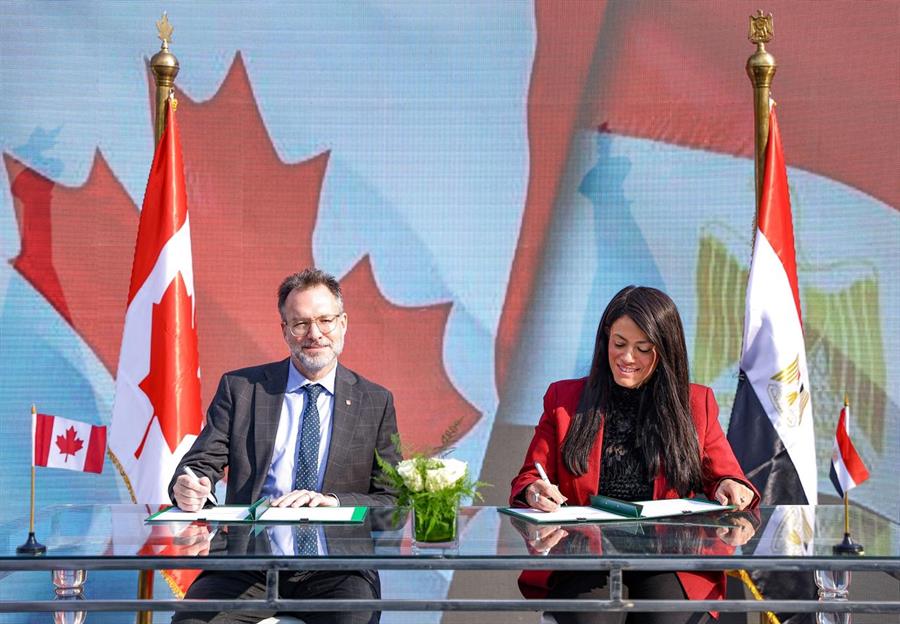The Ministry of Planning and Economic Development announces the citizen’s investment plan for Sohag Governorate for the year 21/2022

26 February 2022
The Ministry of Planning and Economic Development announced in a report issued by it the features of the citizen's investment plan for the Sohag Governorate for the year 21/2022.
This is in the context of continuing to announce the citizen’s plan in all governorates of the Republic for the third year in a row, to educate citizens about the directions and priorities of the sustainable development plan for the fiscal year (21/2022), and its role in achieving “Egypt Vision 2030.”Dr. Hala El-Said, Minister of Planning and Economic Development, stressed that all development plans adopted by the state aim to improve the quality of life for citizens.
This will not be achieved without active community participation, in line with the "Egypt Vision 2030.", according to El-Said.
El-Said pointed out that the Ministry of Planning has taken, during the last period, many steps aimed at enhancing transparency and accountability and emphasizing the importance of citizens’ participation in planning and follow-up, including issuing the report “Follow-up to the citizen in the governorates 18/2019 – 19/2020” and launching the mobile application “Sharek 2030” ".El-Said added that the "Citizen Investment Plan" serves as an important database that helps citizens follow up on projects being implemented in their geographical scope (governor, center, village), to ensure the quality of their implementation following the best specifications and relevant standards, which contributes to activating community follow-up.On the citizen’s investment plan in Sohag Governorate, El-Said explained that the number of development projects in the governorate amounts to 558 projects and that the value of public investments directed to Sohag Governorate in the plan for the year 21/2022 amounted to EGP 8.94 billion, an increase of 43% over the plan of 20/2021.
About the sectoral distribution of targeted public investments in the Sohag governorate with a plan for the year 21/2022, the report of the Ministry of Planning and Economic Development indicated that investments worth EGP 3 billion were directed to the trade and industry sector, at a rate of 33.6%. Followed by the local development sector, with a value of EGP 2.19 billion, or 24.5%, and investments in the housing and slum development sector amount to EGP 1.68 billion or 18.8 percent.
The higher education and scientific research sector are concerned with EGP697 million or 7.8%, and the pre-university education sector, EGP338.87 million, or 3.8%, while the other sectors are concerned with investments worth EGP 1.03 billion, or 11.5%.
The report indicated that the most important development goals in the housing sector in Sohag Governorate in the 21/2022 plan are to direct about EGP 1.1 billion for drinking water and sanitation services.The number of housing sector projects is 65 projects. The most important 396 projects of the local development sector in the governorate are the project to develop and raise the efficiency of infrastructure networks in the areas of West Tahta, West Gerga, the village of Najwa Al-Sawa’a East in the Akhmim Center.
It is worth noting that the Ministry of Planning and Economic Development makes the “Citizen’s Plan” for the years “19/2020” and “20/2021” available on its website, as part of its keenness to increase societal awareness and inform citizens of the directions of sustainable development plans adopted by the state in each governorate separately.









